Recently, at the meeting "Towards a peaceful , stable and prosperous world", the expanded G7 Summit in Japan, Prime Minister Pham Minh Chinh stated: Peace is the ultimate goal of international cooperation, a common value of humanity; sustainable peace, rule of law and sustainable development have an organic and closely linked relationship.
THE FIRST VALUE IN THE NATIONAL VALUE SYSTEM
At the National Cultural Conference in Hanoi on November 24, 2021, General Secretary Nguyen Phu Trong affirmed: "Building Vietnamese people in the period of innovation, development, and integration with appropriate values and standards, associated with preserving and promoting Vietnamese family values, cultural values, and national values".
Accordingly, the Vietnamese value system includes: The Vietnamese human value system with 8 values: patriotism, solidarity, self-reliance, loyalty, honesty, responsibility, discipline, creativity; The family value system with 4 values: prosperity, happiness, progress, civilization; The cultural value system with 4 values: nation, democracy, humanity, science ; The national value system with 9 values: peace, unity, independence, rich people, strong country, democracy, fairness, civilization, happiness. In which, "peace" is the first value in the National Value System.
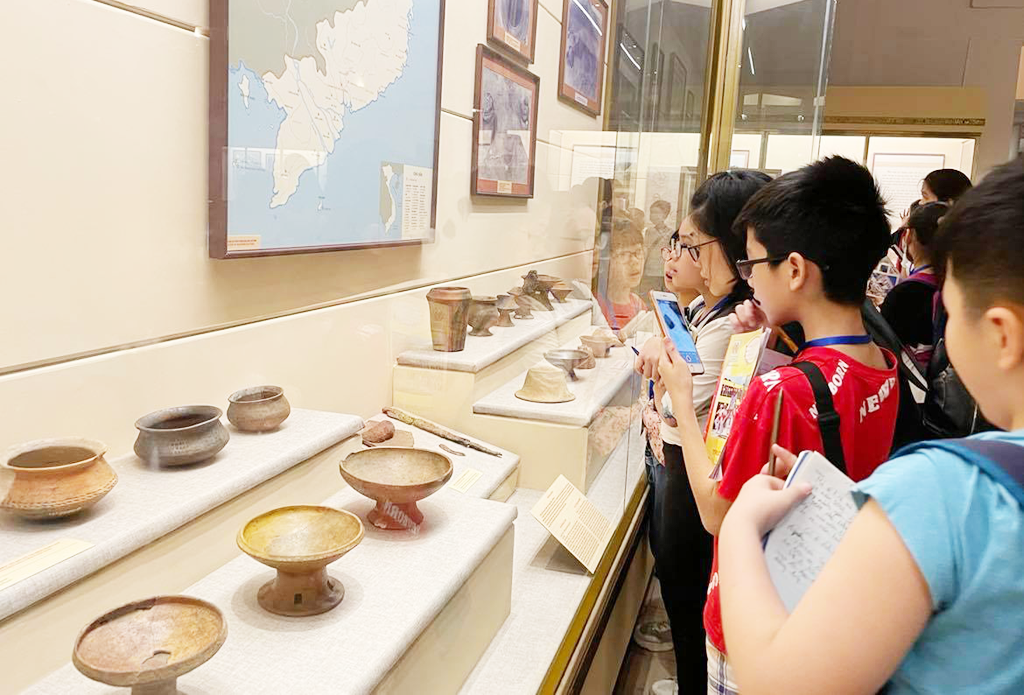
Students learn about artifacts on display at the National Museum of History.
Very important in forming qualities for students
Peace value education plays a very important role in shaping students' qualities, which is the basis for forming and developing good citizens for society. However, the content of peace value education in the current general education program and the 2018 general education program has not been emphasized. Educational content related to peace values is included in the subject of civic education such as: "Handling conflicts with friends" (grade 3), "Preventing school violence" (grade 7), "Protecting peace" (grade 9) ...
For the subject of national defense and security education, there is mention of nationalism and humanity: helping students develop humanistic values, community spirit towards values of tolerance, kindness, respect, peace, harmony, cooperation, for progress and social development.
In addition, the education sector has not yet developed criteria and indicators for peace values, making it difficult to orient teaching content and experiential activities.
Not to mention, due to many different reasons, including the fact that students do not have the ability to resolve conflicts, school violence is increasing, creating an unsafe school environment, affecting teaching and learning.
In that context, systematic education of peace values for students is very necessary.
SOLUTIONS FOR TEACHING PEACE VALUES TO STUDENTS
In August 2020, Master Doan Thi Thuy Hanh and Master Ho Thi Hong Van (Vietnam Institute of Educational Sciences) published a research paper titled "Educating Peace Values Through Experiential Activities in Primary Schools" which proposed that peace values have 9 criteria: no war; no confrontation, no antagonism; respect for laws and rules; harmony; no conflicts; peace of mind; a relaxed, calm mind; calm; friendly to the natural environment. Each criterion has indicators and manifestations in student activities.
The school organizes educational experiences on peace values appropriate to the grade level, region, and locality to ensure feasibility, in which civic education and national defense education teachers are the core.
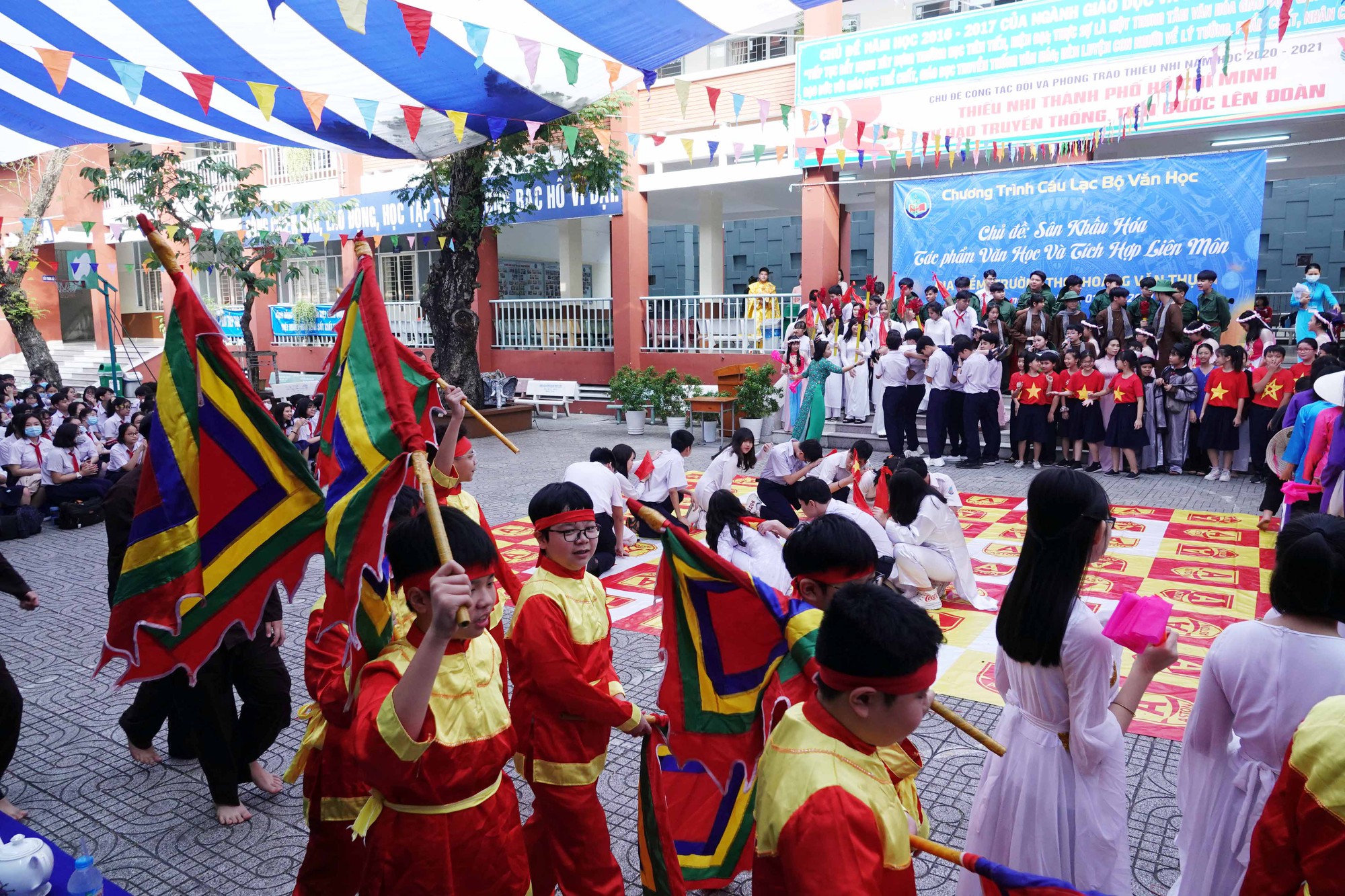
Students in an extracurricular activity integrating literature and history
[For high school students, it is necessary to learn and discuss Vietnam's 4 no's defense policy: not participating in military alliances; not allying with one country to fight another; not allowing foreign countries to set up military bases or use territory to fight against other countries; and not using force or threatening to use force in international relations. Discuss Vietnam's multilateral and diversified foreign policy.
Peace value education in many rich forms, through art and music; community peace education activities with the participation of family, school and society.
The school aims to be a "Happy School", creating a safe and respectful learning environment, so that students can have peace, feel good, live in harmony, compete healthily instead of jealousy and fighting; resolve conflicts through dialogue, not confrontation.
Mr. Ralph Waldo Emerson, American philosopher (1803 - 1882), said: "Peace cannot be achieved through violence, it can only be achieved through understanding." Students know how to respect multiculturalism and multiethnicity to integrate with the world, aiming to become global citizens.



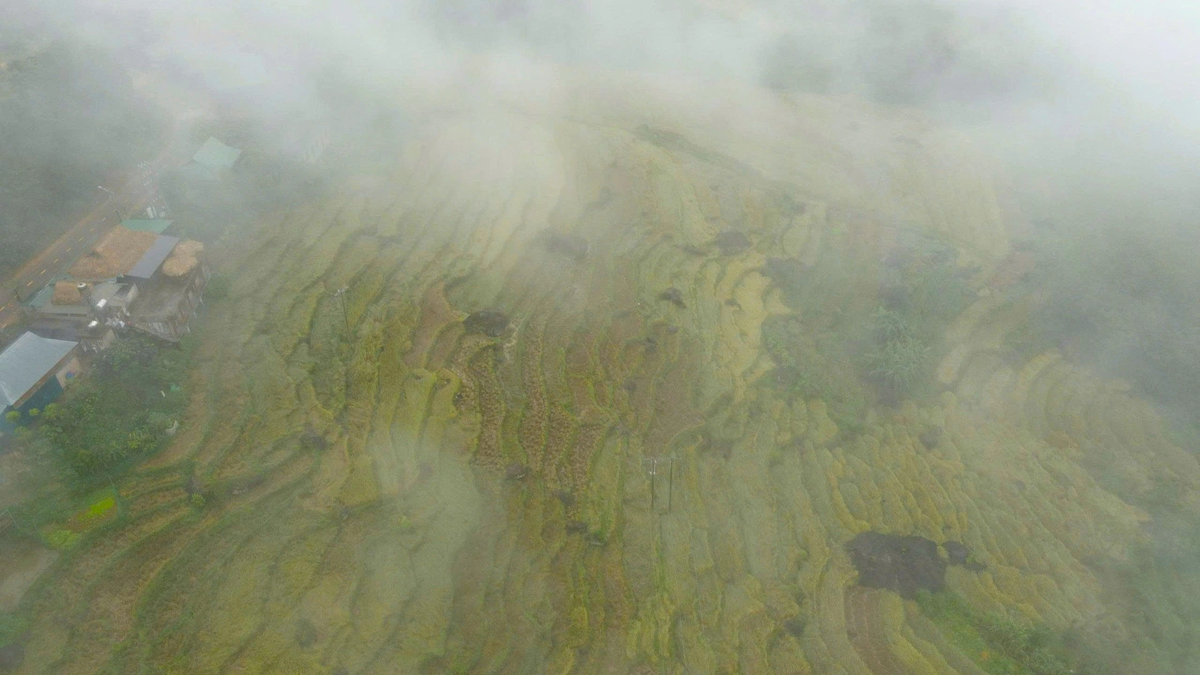
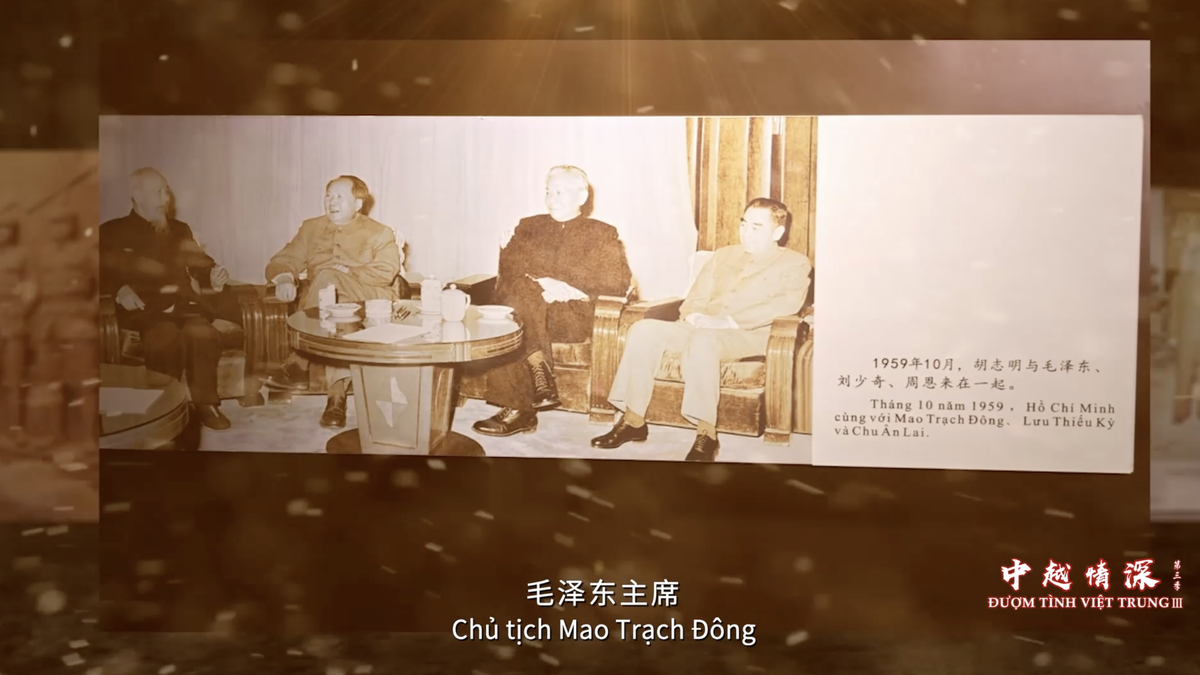












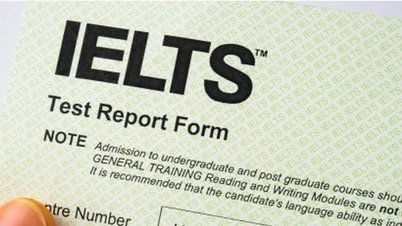







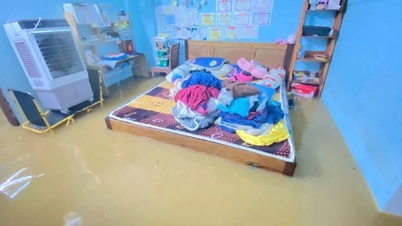








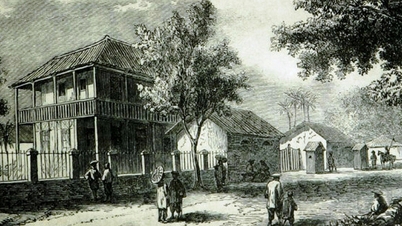







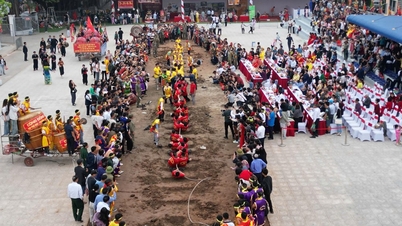




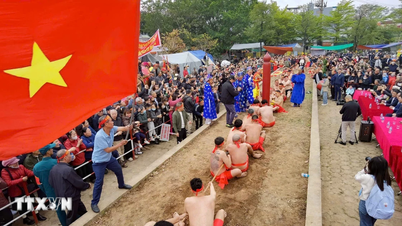






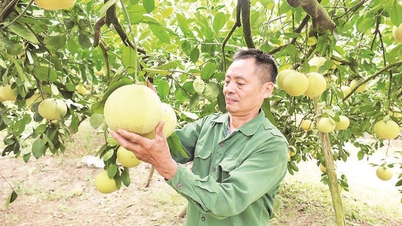
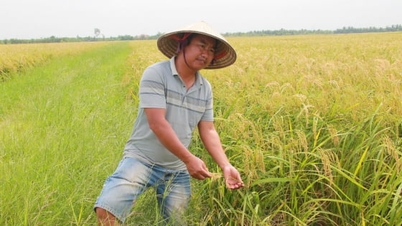




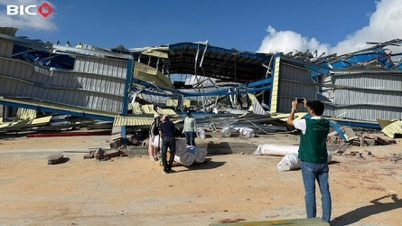




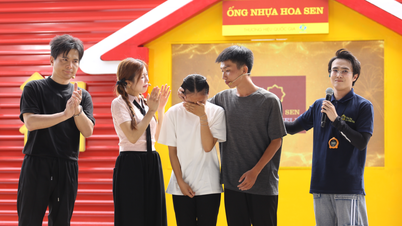




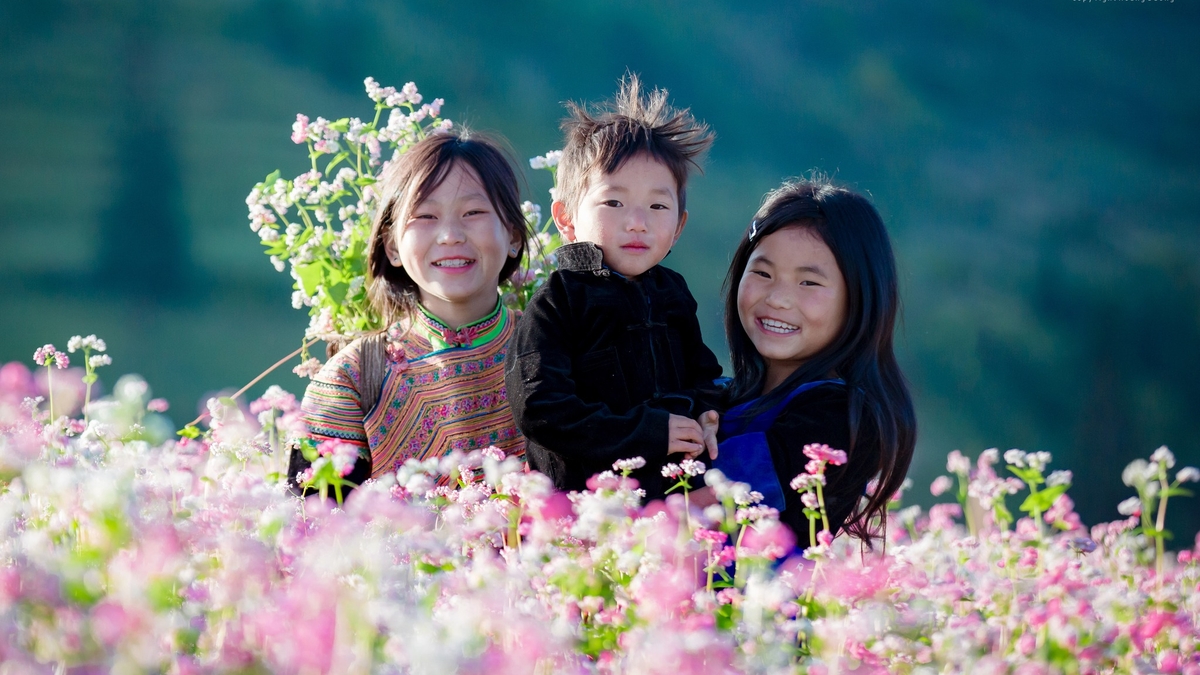










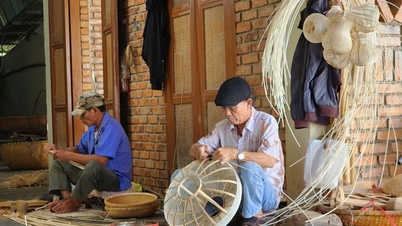


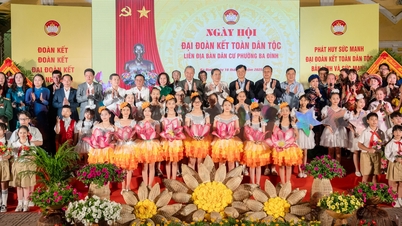





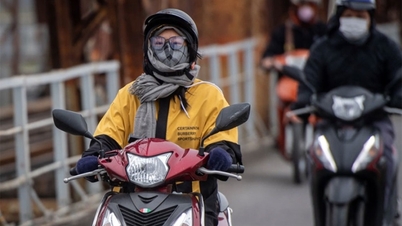

















Comment (0)